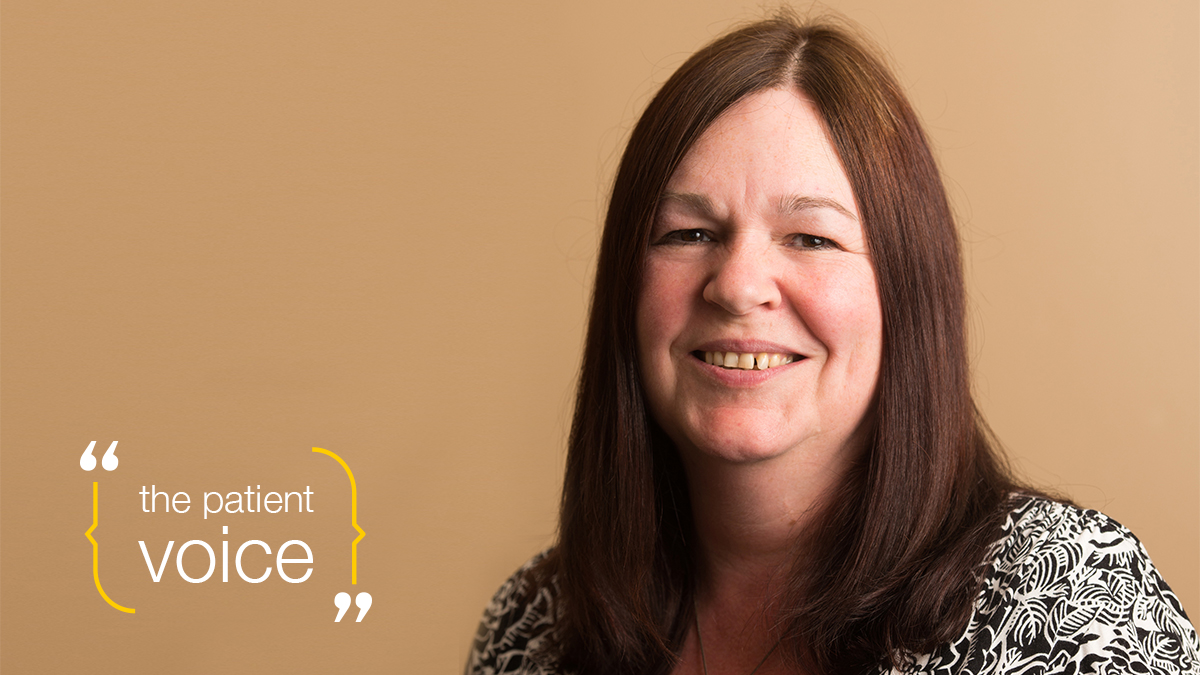Listening to the Patient Voice: seek out the quietest voice to meet the biggest need

The success or failure of patient centricity rests on getting the patient voice in the mix – not just listening to those who shout the loudest.
That’s according to Linden Muirhead, director of information and engagement at the MS Trust, who spoke to pharmaphorum as part of our Patient Voice series.
Multiple sclerosis (MS) is a disease of two halves — resources are skewed towards those with the relapsing-remitting form of the condition while people with progressive disease feel left behind.
This disparity has been driven by a growing number of disease-modifying drugs (DMDs) becoming available at the same time as financial pressures on health services have tightened.
Essentially, an ever-decreasing number of healthcare professionals are delivering ever more complex medications and the monitoring regimes that go with them.
“Services are dealing with so many patients. There’s a real caseload issue and they are stretched. People who are on DMDs for RRMS have to be monitored, otherwise they can’t stay on the drug,” said Linden.
“With regular trips to the clinic to get the drugs, to have the scans and the blood tests, there’s just no time for much else in many places.”
It means that people with progressive MS can feel disconnected from the whole healthcare system, and that can render them voiceless.
Said Linden: “People with progressive MS feel there’s nothing there for them. There is stuff out there, but it’s not necessarily being presented to them in a way that makes them feel they can take advantage of it.
“There is support that we offer as a charity, there are interventions on the therapy side and symptomatic drugs, but there is a feeling that there is nothing for them, because there is no DMD.”
NICE refusal on first progressive DMD
The picture has been improving of late, and a number of treatments are in the pipeline. Progress was thwarted earlier this month, however, by NICE’s decision not to approve the first licenced-DMD for progressive disease, Ocrevus (ocrelizumab).
The medication was compared to supportive care alone and turned down on cost effectiveness grounds.
In a statement, manufacturer Roche explained the authority had been unable to consider a discounted price for Ocrevus in progressive disease because it was different to what had already been agreed for its use in RRMS.
Linden explained the impact of such decisions: “There’s a lot of R&D and there does seem to be more movement in the progressive area. And when there are new drugs in the pipeline, there’s hope.
“Then these hopes get dashed. The trial results show it’s effective for a sub-group of people, but then they are told they can’t have it,” said Linden.
Producing health literacy-appropriate information on why something has been turned down, and what the next steps are, would help people understand that their needs were being listened to.
“People don’t have access to the detail of why these things are turned down, they just see a news story that says this drug could work for them, then they are told they can’t have it because it’s too expensive,” said Linden.
“That cuts a very bad message for pharma because that’s where it’s seen to be the problem.”
Easing access to existing drugs and care
Of course, patient centricity isn’t all about developing new drugs — it’s also about ensuring access to treatments that are already on the market.
“Initiatives around home delivery, or how drugs can be normalised into people’s lives could help. It’s about ensuring people have the care they need, even if they are in the minority,” said Linden.
“There is lots of talk around shared decision making and people being partners in their own care, but that’s only possible if you understand what’s going on and have access to the right information and support.”
She recognised that the Association of the British Pharmaceutical Industry (ABPI) Code of Practice posed challenges to interacting with patients directly.
Said Linden: “They are trying to get the patient voice into the mix, but because they can’t interact directly they come to us and to the health professionals to find out what patients are talking about.
“That’s healthy and shows that they are trying to understand the issues.”
New paradigm needed
But the current model of working via advocacy groups and healthcare professionals, while welcome, can only achieve so much – outside the box thinking is needed to find the voices of those least listened to.
“It’s very easy to listen to the people who shout the loudest: to go onto social media and look at the people who are talking about their experiences and think that’s the whole picture.
“But there are so many people out there who are not talking on social media or to the health services. How can we reach them and get them to engage with the fact that they have a role to play in their care? If pharma could help with some of that, that would be really useful,” she said.
If you work for a patient advocacy group and would like to take part in the Listening to the Patient Voice series, get in touch with us at editorial@pharmaphorum.com












